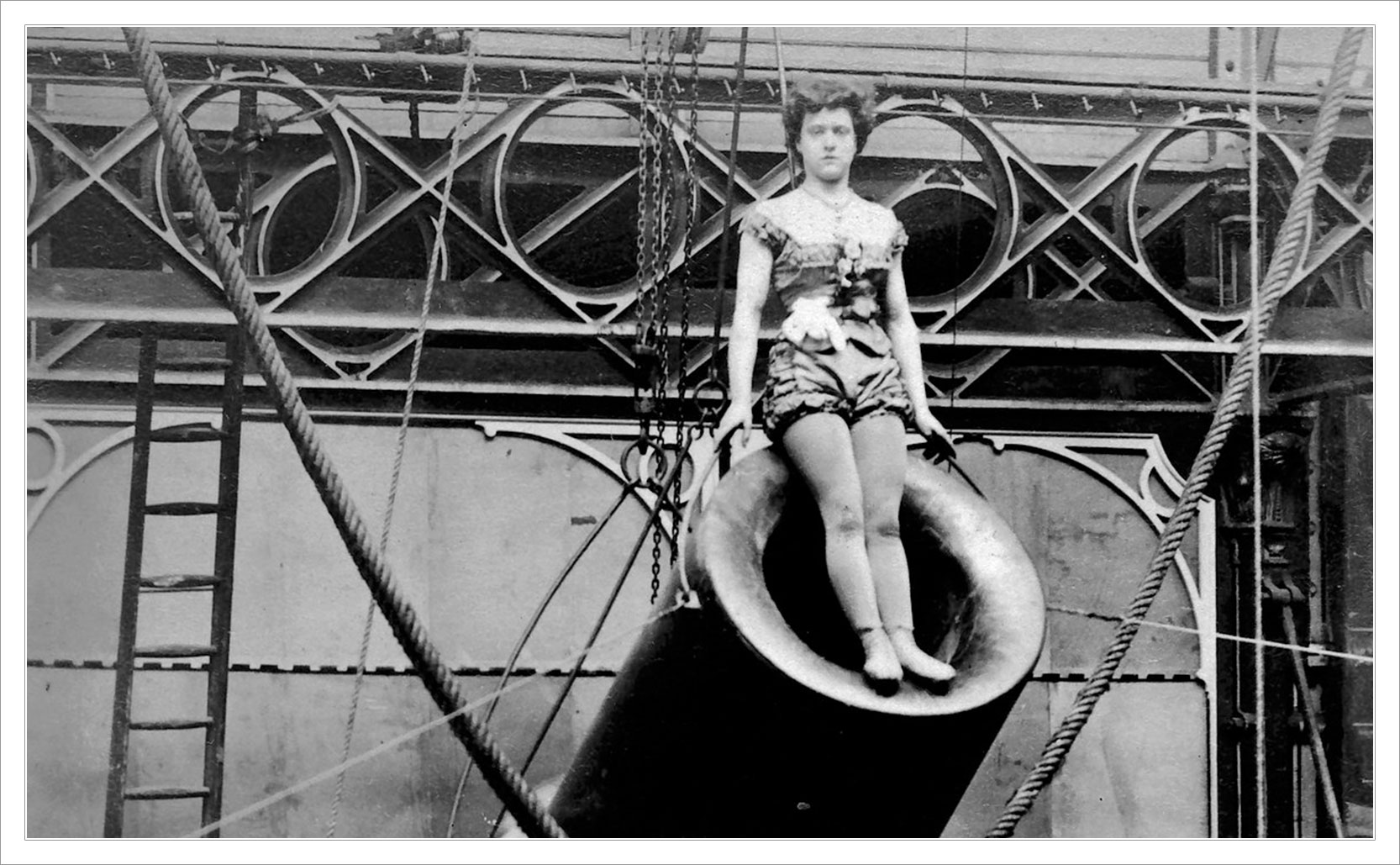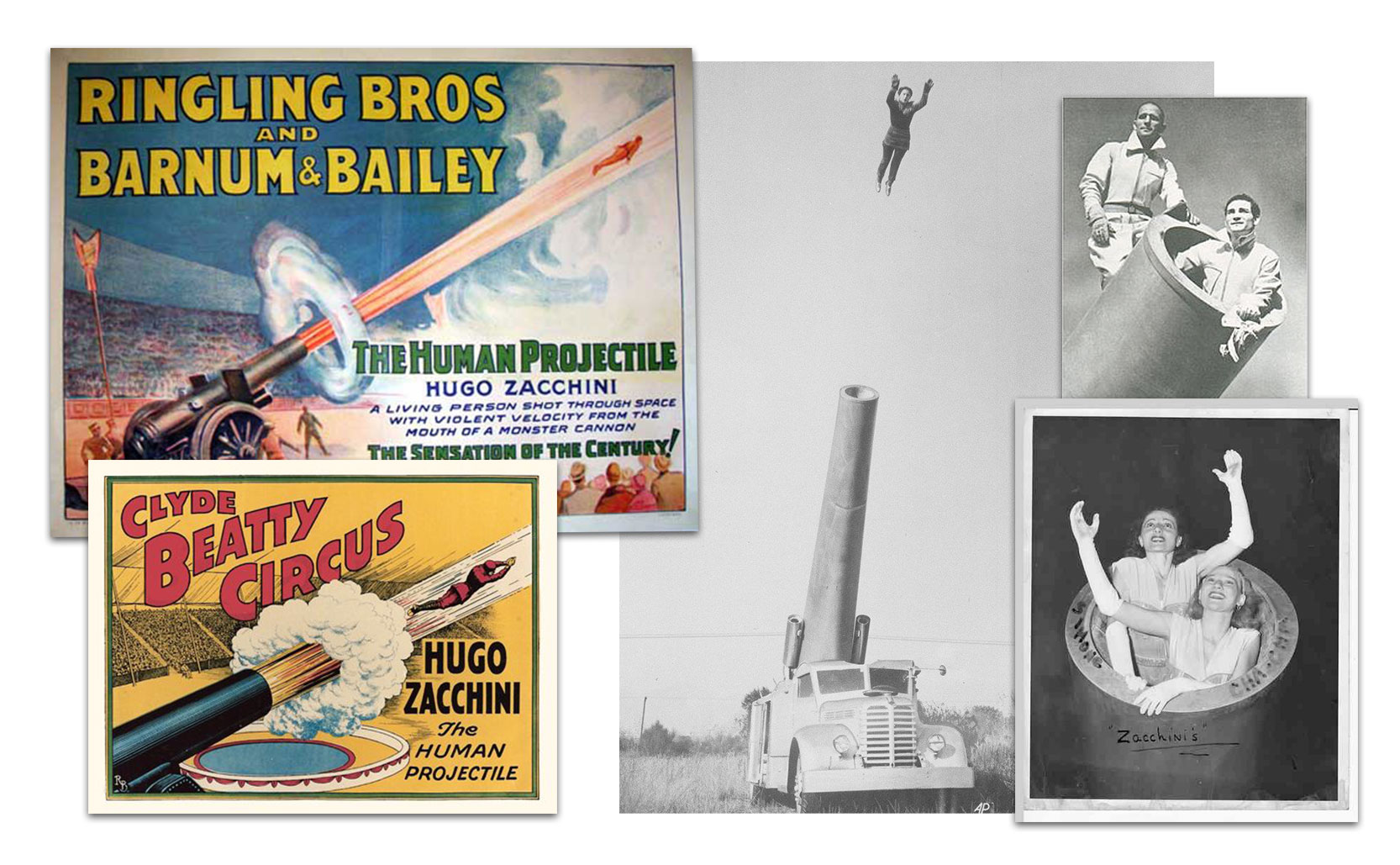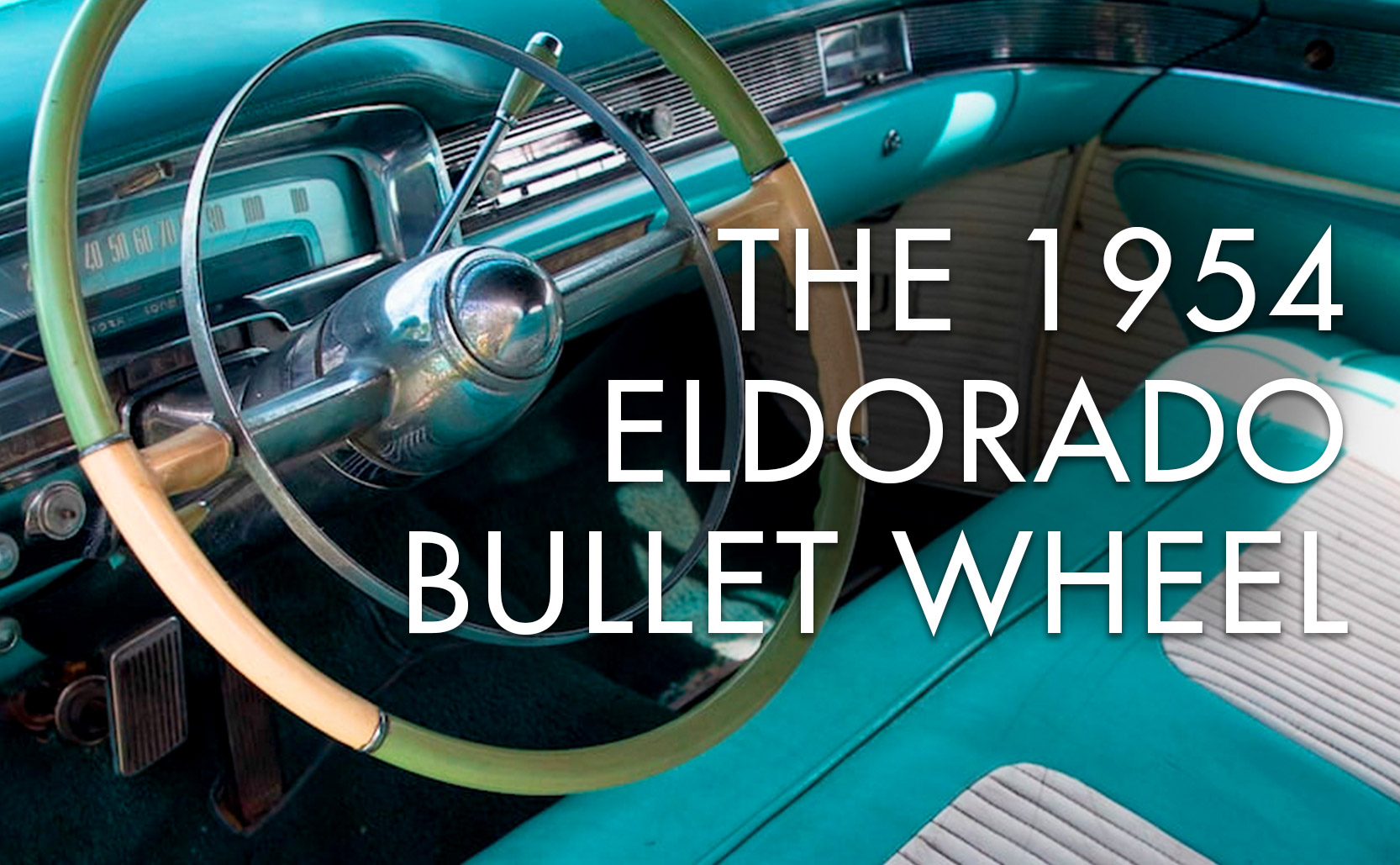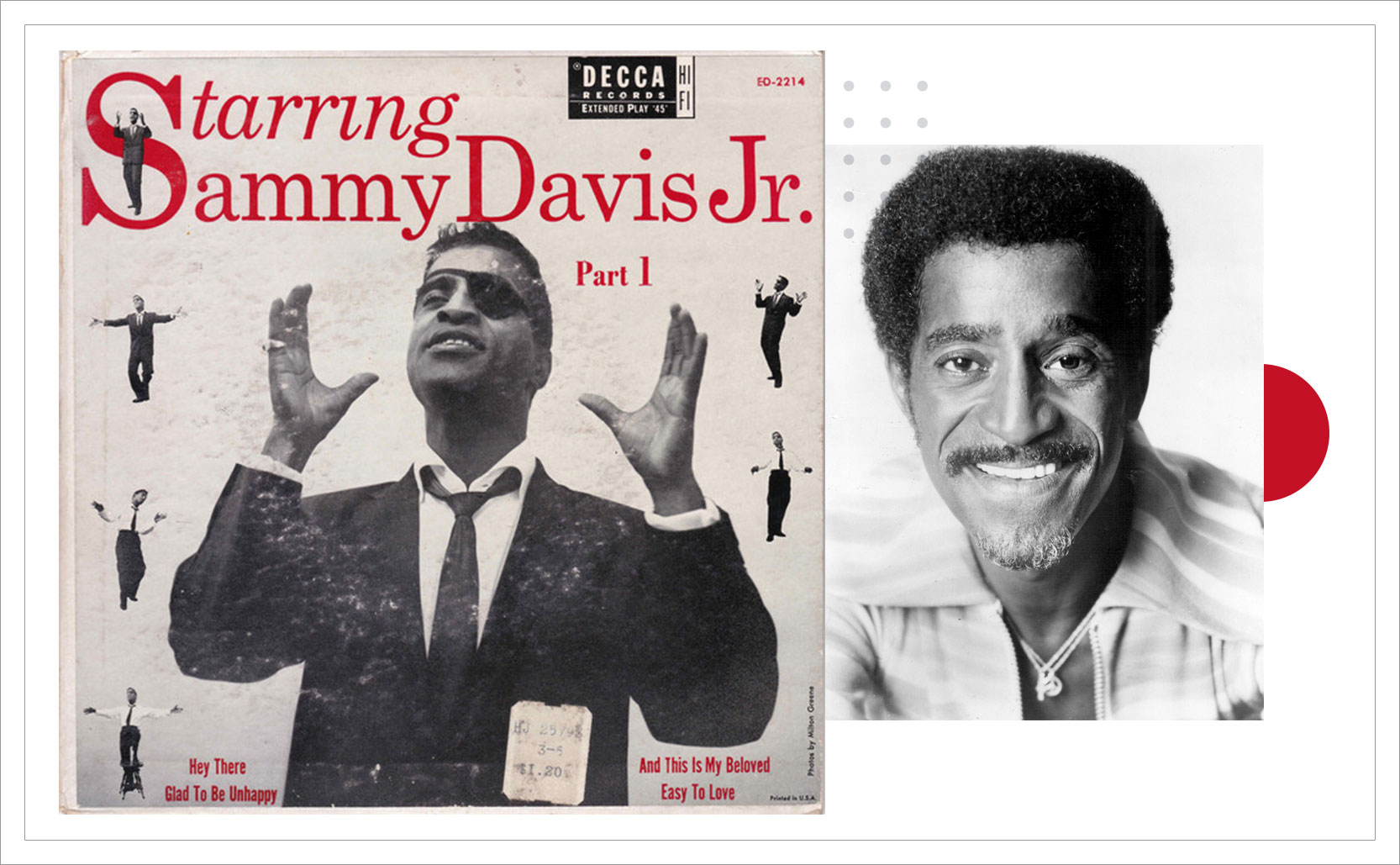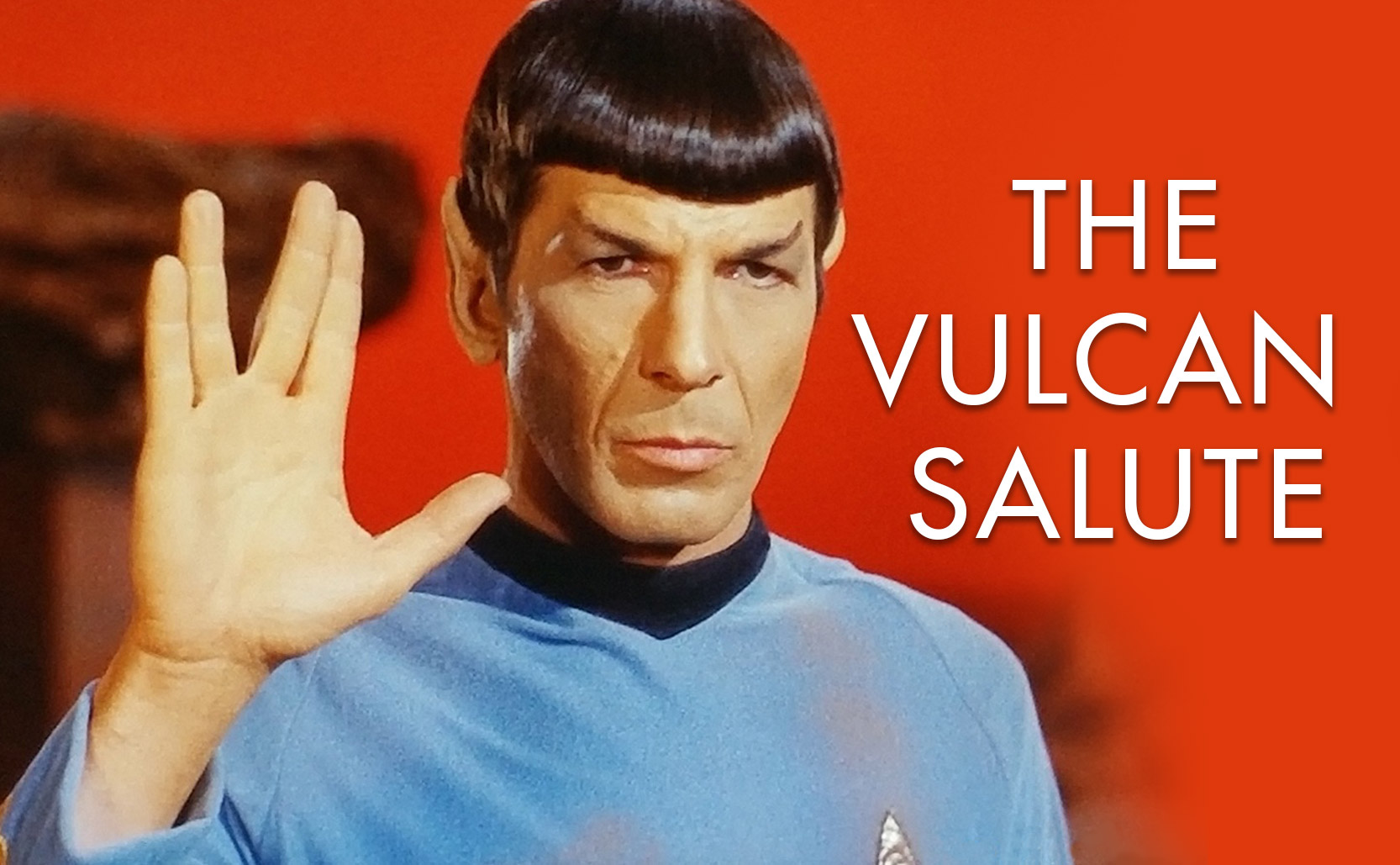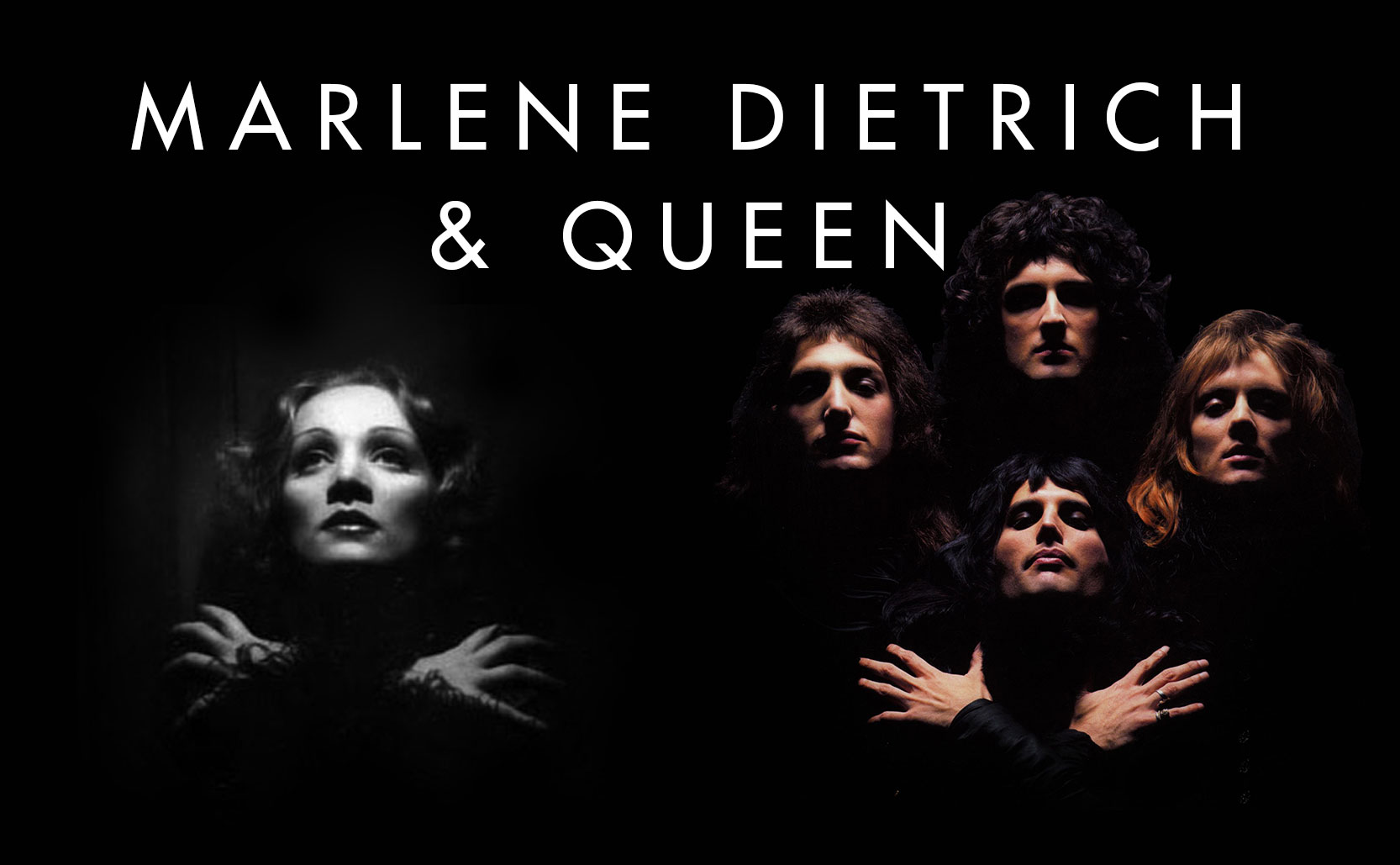Quicksand
A plot device that isn’t as dangerous as movies & TV led us to believe.
Quicksand was once a very common plot device in TV shows & movies. From Lawrence of Arabia to The Incredible Hulk, Gilligan’s Island, Batman, and even in space in Lost in Space, quicksand was all over pop culture in the 1960s. Nearly 3% (or 1 in every 35) movies made in the 1960s featured quicksand. Characters step on what looks to be solid ground but, surprise, it’s quicksand. They begin sinking like they’re going down some sort of Earth elevator with the looming possibility of being totally submerged unless a handy vine or person can save them … this is not how quicksand really works. Real quicksand is not as sudden, dramatic, or dangerous as fictional quicksand.
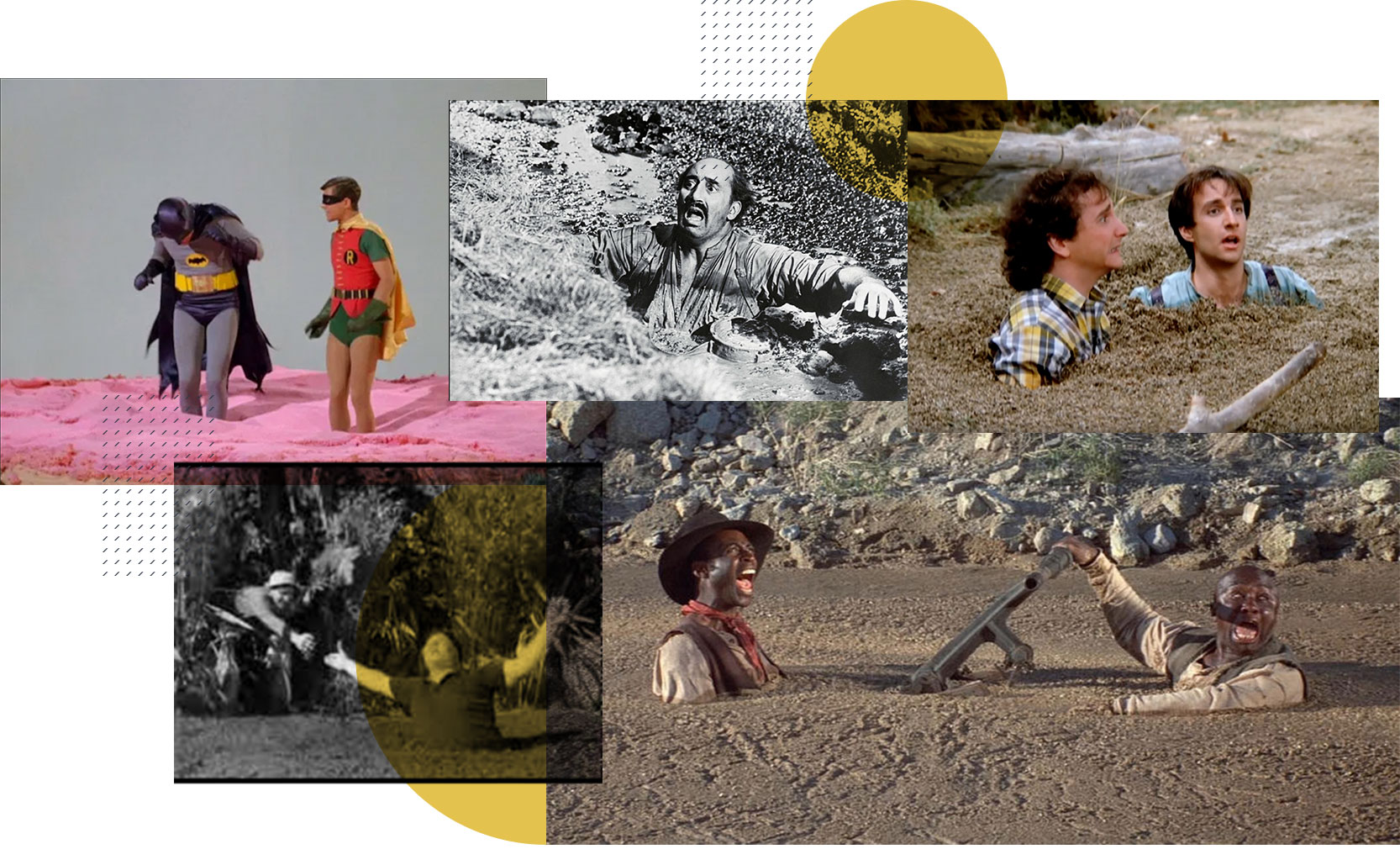
Non-Newtonian Fluid
Quicksand is a mixture of water and sand/silt where the sand particles are suspended in water and spaced further apart than typical sand. It’s a non-Newtonian fluid so if you apply pressure you momentarily change the viscosity. Higher viscosity substances move more like mud, lower viscosity substances move more like water. In quicksand’s case stepping on it with your foot applies pressure and changes the viscosity to become momentarily less viscous. The sand particles get pushed out of the way making it more watery, which allows your foot to sink. This is quickly followed by the sand settling into place around your foot which is how you get stuck. The more you move, the more you agitate the mixture, the deeper you go.
The Good News
You can not totally sink into quicksand like some sort of bottomless pit. One reason is that quicksand is rarely more than a few feet deep. Further, the human body is less dense than the density of quicksand which means that, regardless of the quicksand depth, it’s not possible to sink further than your waste. That said there are dangers.
Since quicksand can form beside larger bodies of water there is the possibility of drowning due to flash flooding, tidal changes, etc. Other dangers include hypothermia, sunburn, predators, and/or the pain of having part of your body under pressure for a prolonged period of time. Most of the time though quicksand is fairly harmless as long as you stay calm to get out of it.
To get out of quicksand the first thing you should do is to not go any further in – stop moving around. If you can’t use your other foot to just step back out, and you really feel stuck, it’s time to sit/lay down extending away from the quicksand. Making yourself wider reduces the focalized pressure into the quicksand which helps free your foot. Then slowly work your leg back and forth, lowering the viscosity & making the quicksand more watery, and patiently pull your leg out.
Bonus: The “King of Quicksand” has a whole YouTube channel devoted to intentionally getting stuck, and then escaping from, quicksand. Watching any of his videos shows that you really have to work to get yourself stuck in quicksand, which is reassuring.
You can also watch a playlist full of scenes from TV shows and movies (old and new) of characters getting stuck in quicksand.




